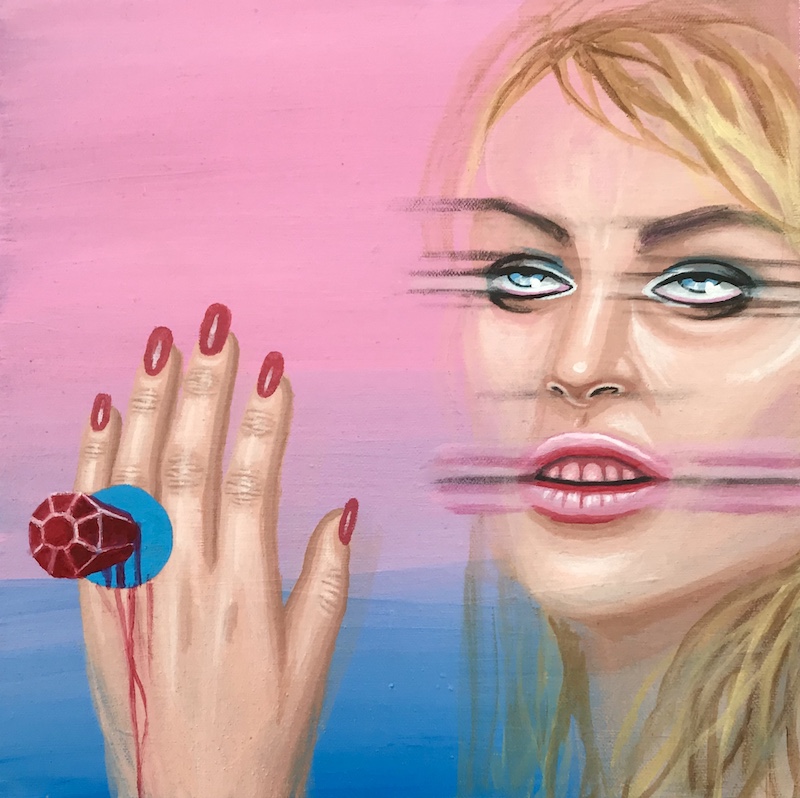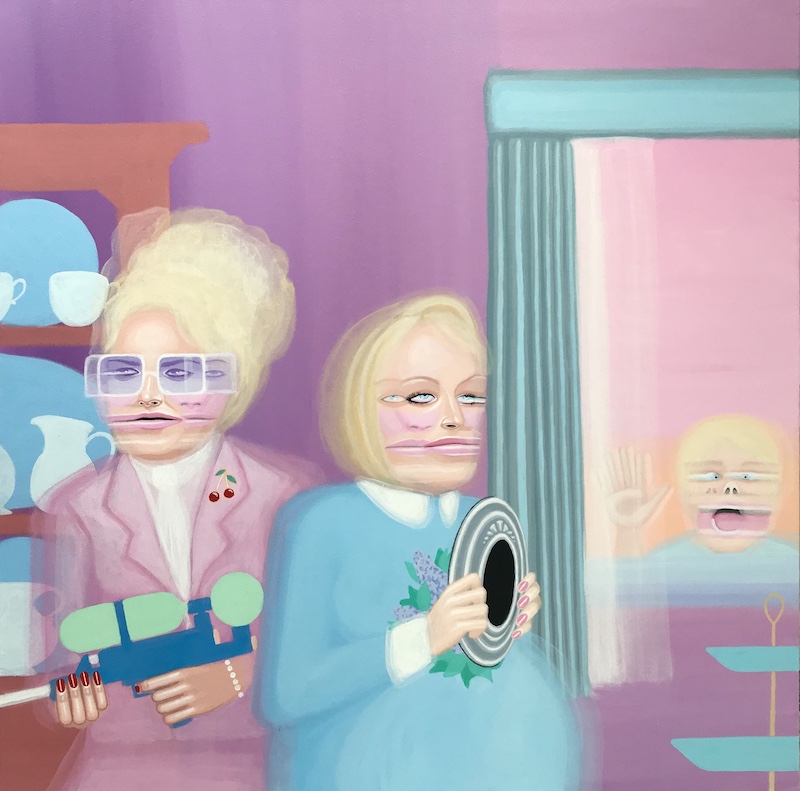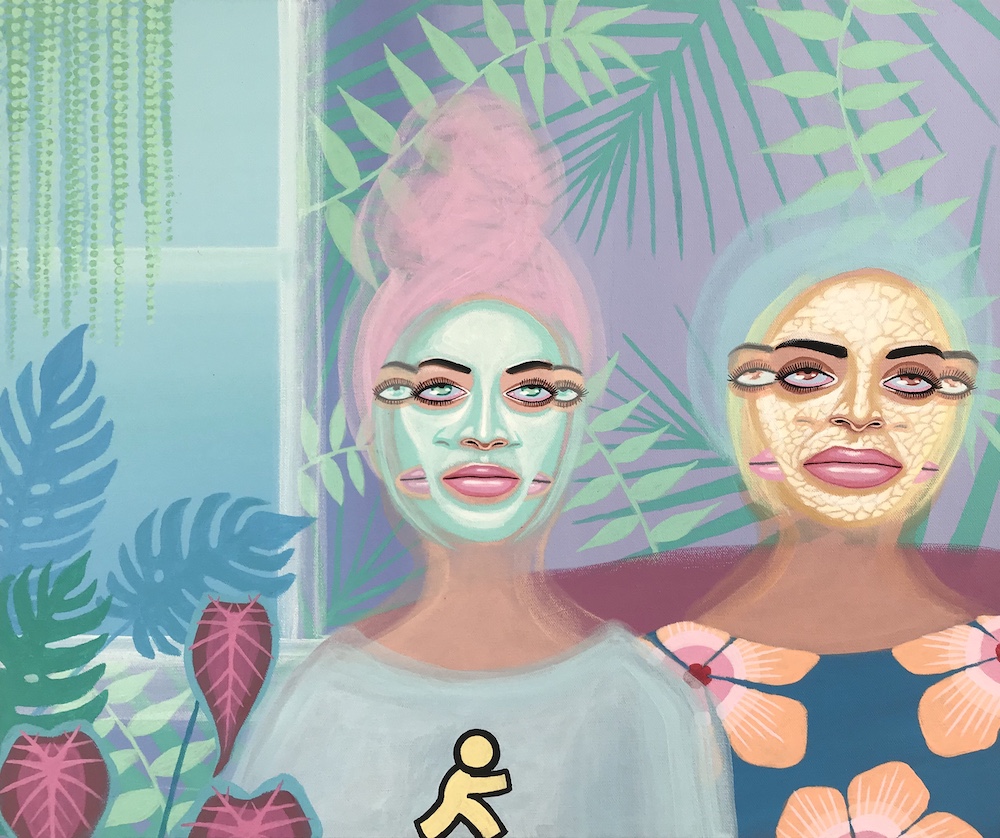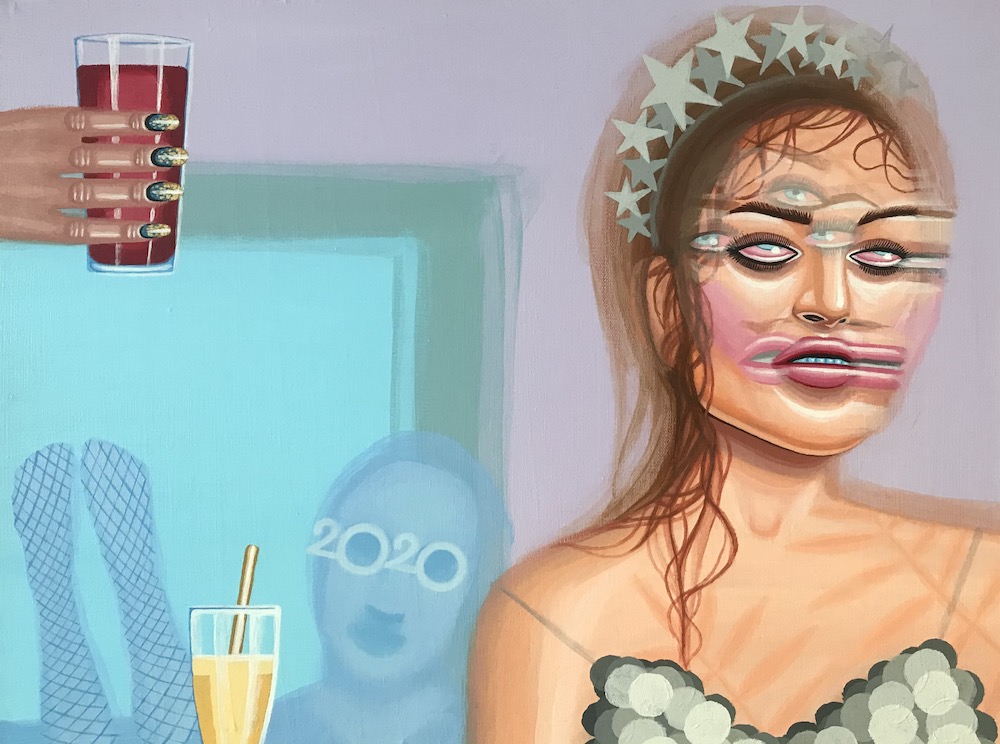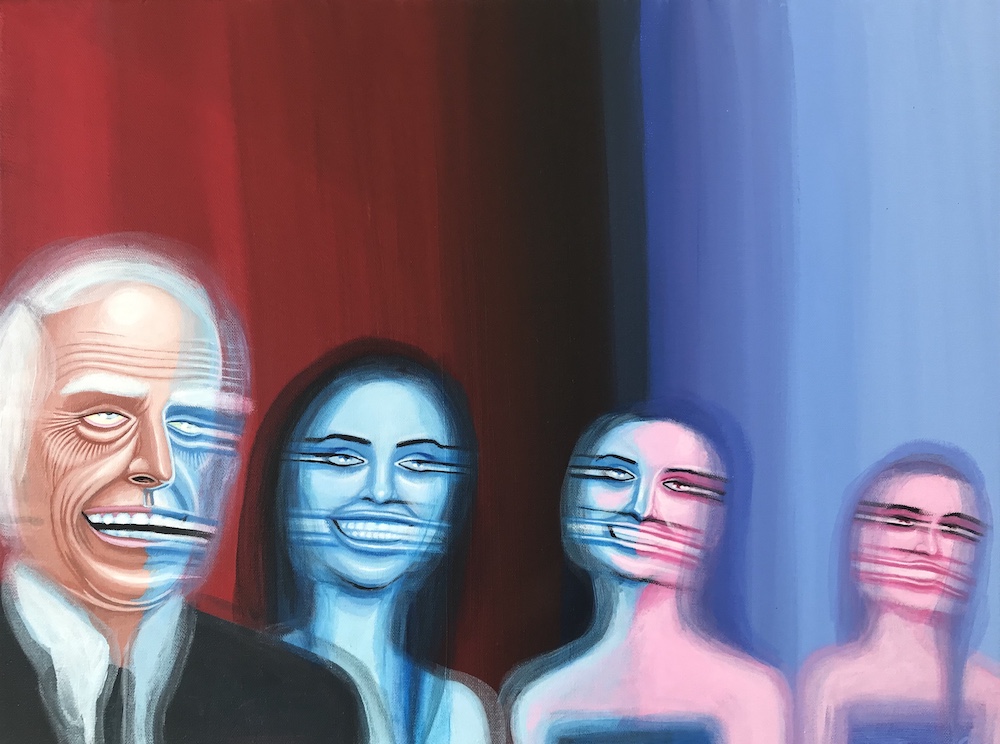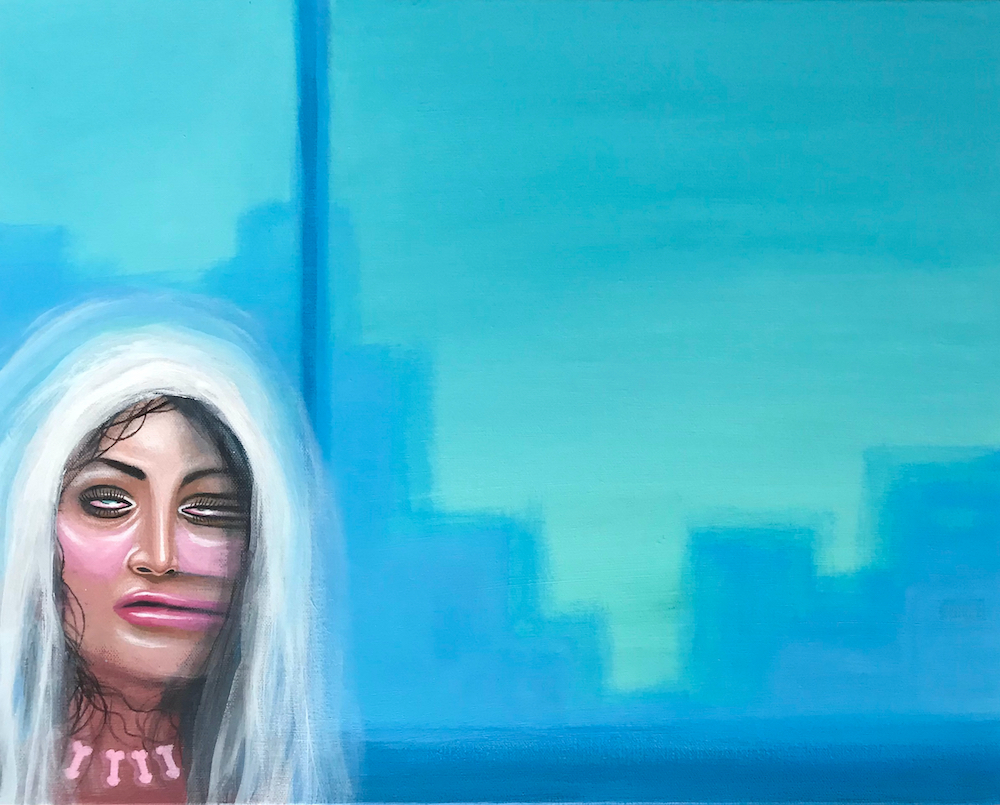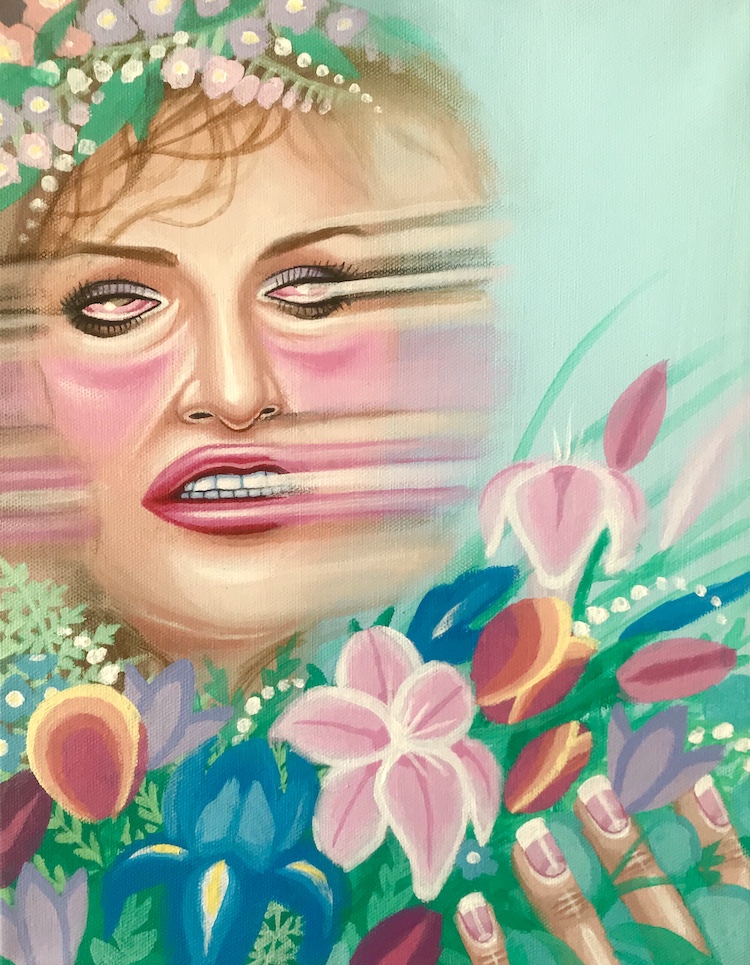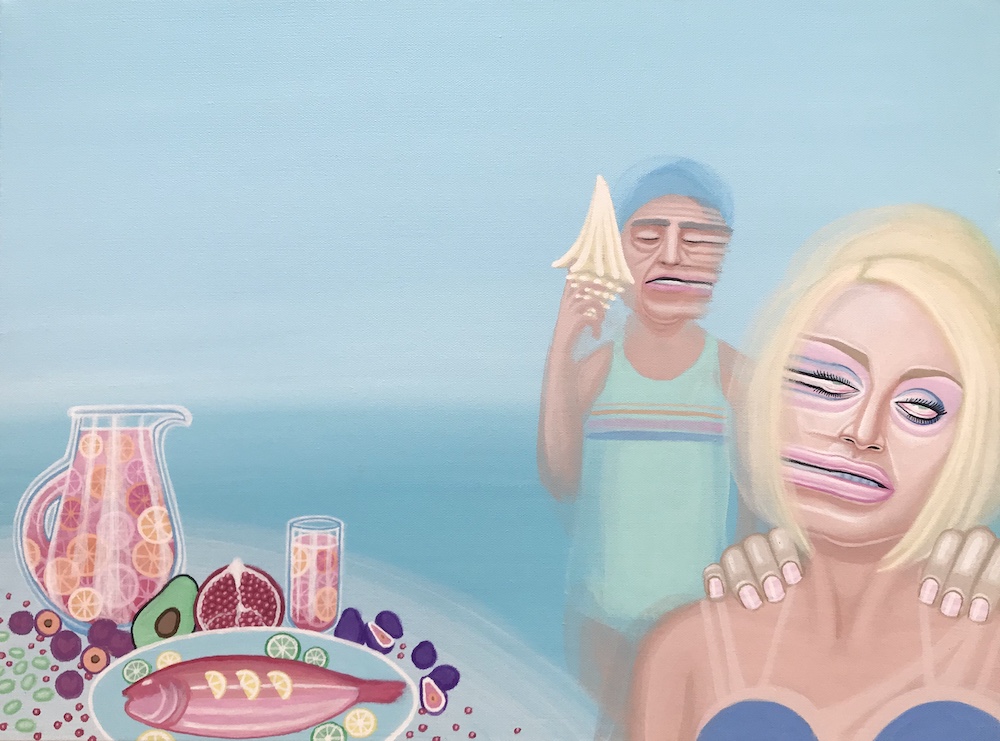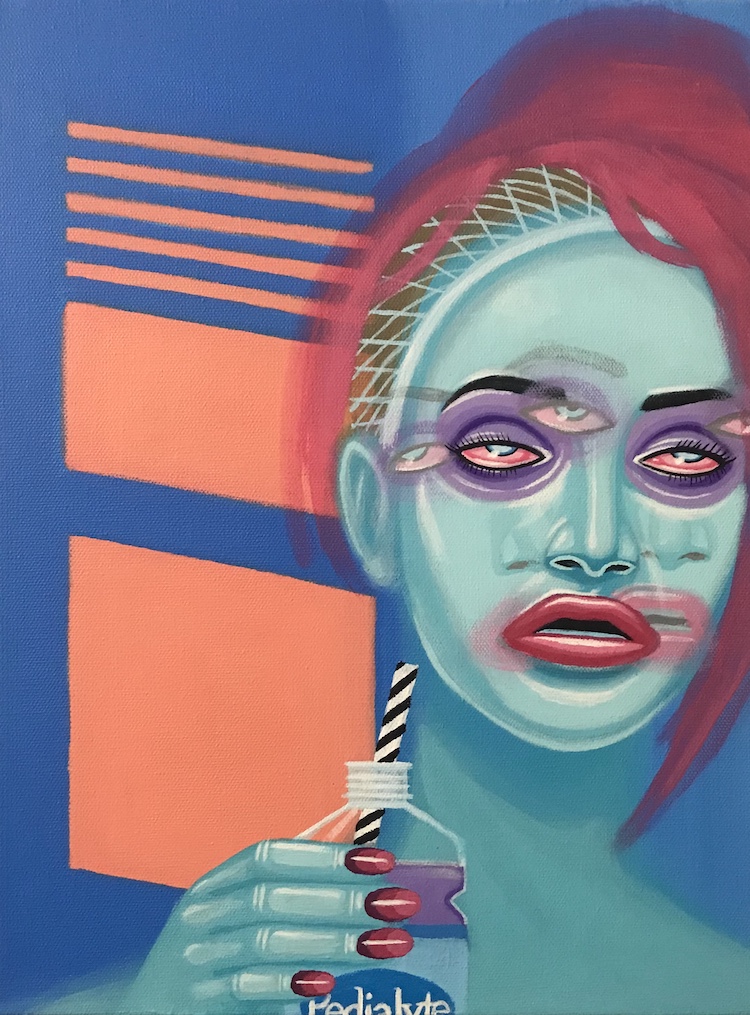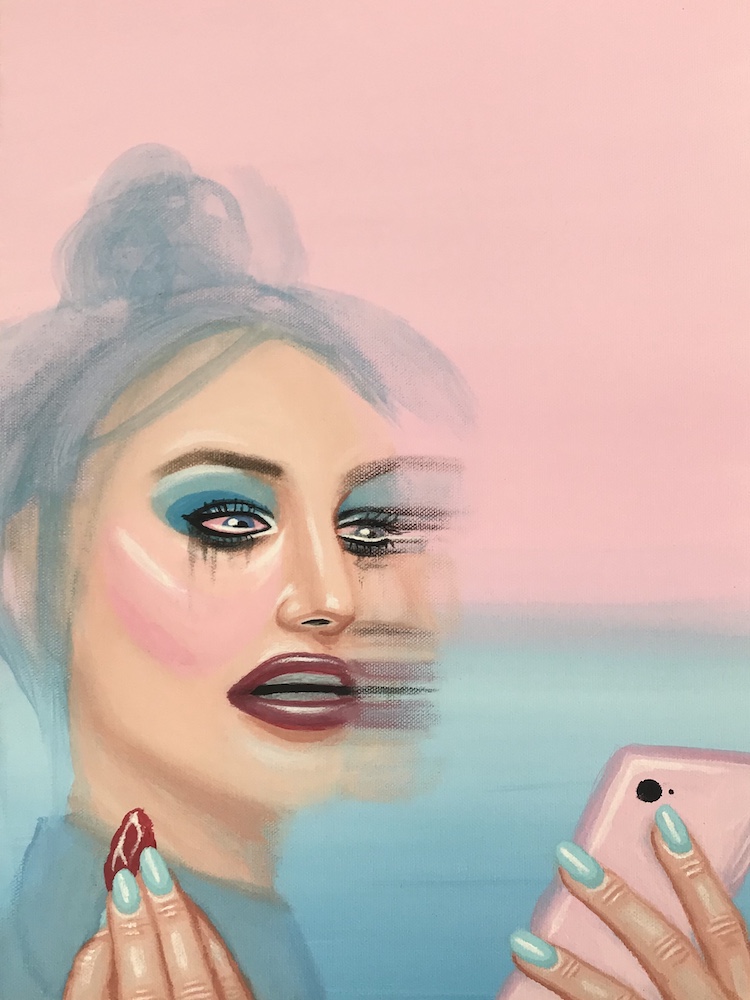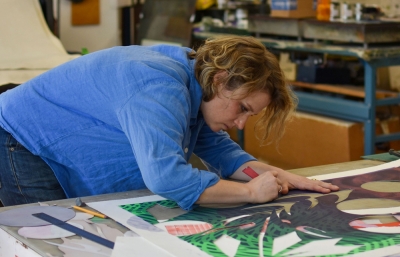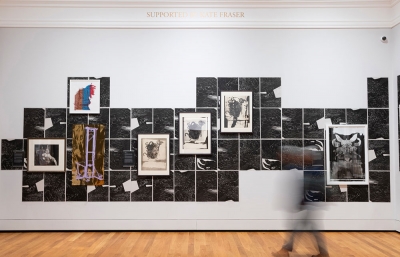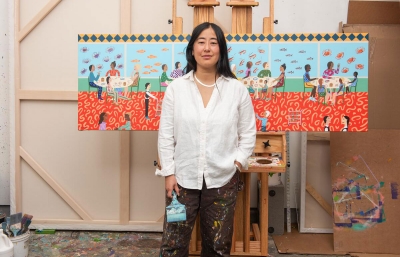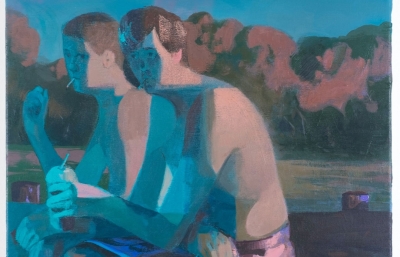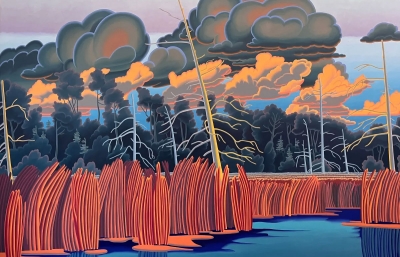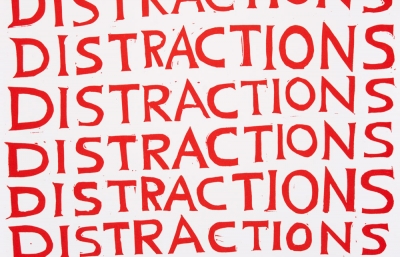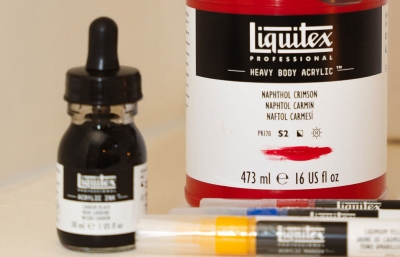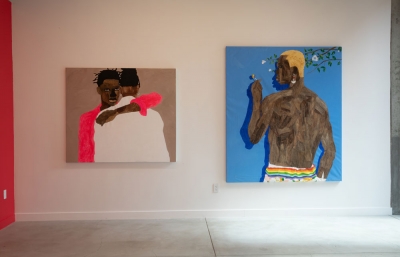Last fall Juxtapoz and Liquitex teamed for a special contest offering the winner an opportunity to experience a 6-week virtual art residency hosted on both our platforms. While we anticipated this would be an exciting prospect, we didn’t imagine it would attract a massive turnout with over 1,200 submissions from around the world. After weeks of carefully studying each portfolio, we’re happy to announce that New Hampshire-based painter, Lindsay Gwinn Parker, produced the winning works.
Parker's work embodies an energy and diligence. When the world went on pause, Parker hunkered down and began to experiment more in a direction she had always wanted to explore in work that speaks to personal experiences, expressed with humanizing empathetic comic book and cartoon influence that is often-overlooked in fine art. On the eve of her virtual residency, we sat down with Parker to talk about how the past year guided her artistic development and how she will focus this residency, while never losing a grip on her beloved underground comics.
Evan Pricco: Since we are doing a 6-week virtual residency from your studio, we have to ask, where exactly is it?
Lindsay Gwinn Parker: My studio is at my apartment, here in Rochester, New Hampshire.
Much of the reasoning for doing this virtual residency with Liquitex was obviously born out of the idea that artists were spending a lot of uninterrupted time in studios, which are frequently in their homes. How have you spent the last 12 months or so in these conditions.
At first it was a little dicey because I wasn't sure when I would go back to work. At the time, I was working the graveyard shift as a night auditor at a hotel. I got laid off. It was a toss up between me and the other night auditor who got laid off, and I was like, "Well, I don't mind." I thought we were going to go back to work after a couple of months. Everyone was talking about it that way. I figured I should get as many paintings done in that time.
Usually I just made art on my weekends. And then it was a situation where I had the chance to paint everyday; I got to wake up in the morning and just begin painting. Prior to that, I pretty much would try to get a watercolor painting done in one sitting ,and then in the pandemic I decided that it would be better if I gave myself more time, if had more of a long-term goal in mind because a lot of what I really want to do is detailed.
And is this when you had time to develop these characters and give them a certain style?
The ideas for the characters would often come to me over the years, but I always had this feeling that everything had to be transparent. I started to develop the blurred emotion and disappearing details because nothing is really static in life. Everything is constantly changing. I had this feeling from probably my late teens and early twenties of just being in a state of chaos, and being around things in a state of chaos.
I wanted to express that and just made more of an effort to do that and to experiment with blurring techniques. I think I was really afraid of doing that before because I had more of a formulaic, rigid approach to painting. I used more hard lines and more of a kind of precise drawing technique, more focused on draftsmanship. I really just wanted to have this whole blurred, transparent technique... and I had to experiment for a while to get it done. So for the last year and a half, I've pretty much been working with that. 
Are you an art school kid, or did you come out of a place where that certain rigid technique was taught?
No, I didn't go to art school. I didn't go to college because I wanted to paint a lot, but I also didn't really see art school as necessarily leading to a career in the arts. I pretty much was pushing myself to make things look like they looked in reality and I did that for so long that this process of trying to make it as precise as possible wsa very draining.
One of the first books I had was given to me as a kid for Christmas, a “Draw Mickey Mouse” cartoon book. I loved it. I grew up watching the old-fashioned, Mickey Mouse cartoons and they were a big inspiration for me, especially the saturation of colors from the 1930s and 40s. I came of age in the late 1990s where there was still a shame that cast upon people who took comics or cartooning seriously.
I think there's this weird period of where the artistry of comics became misunderstood. Also, thinking about when I was a kid, and I'm probably maybe 10 years older than you, but The Simpsons was such a big cultural “thing.” I think back to my elementary school days and every kid that I knew, we would draw all the Simpsons characters, even if we couldn't draw! I was horrible at it, But I think of the Simpsons as this turning point when we started looking at how cartoons could give a cultural meaning. I feel that also helped people understand more about the power of cartoons and comics and how they could tell American stories.
Yeah, definitely. When I was in my 20s, I got into underground comics, which sealed the deal for me. I think I always felt worried that it was shallow or a superficial approach to art. It took awhile for me to just feel comfortable liking what I like and not really caring.
Obviously, New York City is considered the capital of the art world, but there's such a rich history steeped in the Hudson Valley, the Berkshires, all this stuff in the more rural parts of the Northeast. I'm curious what the art historical world is in or around Rochester, New Hampshire?
I think it's definitely more traditional. I think parts of New Hampshire probably would be a better example. I grew up in Massachusetts, so I definitely grew up occasionally going to the Boston Museum of Fine Art, the Isabella Stewart Gardner Museum. There were these old traditions that I liked, but I mean, you can only absorb so many seascapes and landscapes. You want to see something else after a while.
As one of the judges considering roughly 1200 entries, I found myself looking for somebody making steady progress and about to hit their stride. What are you particularly looking forward to working on over the next six weeks?
I have three large scale paintings that I’m going to be focused on. Well, actually, two of them are 24 by 30 inches and another one is 24 by 36, and I think one of the more challenging parts of this residency and timeframe will be drawing pieces at a much larger scale than I'm used to. It's a great feeling that I won, obviously, and it did take me back to being a little kid and feeling really excited about getting awarded with something, especially about art!
Follow @juxtapozmag @liquitexofficial and @artandfavor during the next 6 weeks to see Parker's progress!

